Living Through The End Of Nature: The Future Of American Environmentalism by Paul Wapner
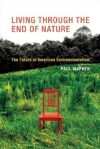
£6.43
Living Through The End Of Nature: The Future Of American Environmentalism by Paul Wapner Price comparison

- All prices mentioned above are in United States dollar.
- This product is available at Whsmith.co.uk.
- At tgjonesonline.co.uk you can purchase Bloomsbury Publishing PLC Wild Service : Why Nature Needs You for only $13.27
- The lowest price of Bloomsbury Publishing PLC Wild Service : Why Nature Needs You was obtained on November 8, 2025 17:52.
Living Through The End Of Nature: The Future Of American Environmentalism by Paul Wapner Price History
Living Through The End Of Nature: The Future Of American Environmentalism by Paul Wapner Description
Living Through The End Of Nature: The Future Of American Environmentalism by Paul Wapner
Living Through The End Of Nature: The Future Of American Environmentalism by Paul Wapner is a thought-provoking exploration of the complexities surrounding environmentalism in contemporary America. This insightful hardcover book, published by MIT Press, challenges readers to reassess their connections with nature amid compelling environmental crises. With 252 pages packed with ideas and reflections, Wapner invites individuals to consider their roles in the ecological landscape and how they can contribute to future solutions.
Key Features and Benefits
- Engaging Content: Each chapter provides a unique perspective on environmental challenges, encouraging critical thinking and personal involvement.
- In-Depth Analysis: Wapner combines theory with real-world implications, making complex ideas accessible and actionable.
- Research-Based Insights: Supported by extensive research, the book offers data-driven arguments that educate and inform readers about pressing environmental issues.
- Hardcover Format: With sturdy binding and high-quality material, this edition is designed to endure, perfect for frequent readers and note-takers.
- ISBN-13: 978-0262014151: Easily locatable for those wishing to explore more about it in catalogs.
- Weight and Dimensions: Compact at 14.4 ounces (6.25 x 1 x 8.5 inches), making it easy to transport for those who want to read on the go.
Price Comparison Across Suppliers
Finding the best price for Living Through The End Of Nature is essential for readers who value both cost-effectiveness and quality. Our price comparison tool allows you to effortlessly assess costs from multiple suppliers. Current listings show some prices starting around $XX.XX, while others may offer premium options slightly higher. By comparing prices now, you can ensure you’re making a well-informed decision without overspending.
Trending Price History
Our 6-month price history chart reveals an intriguing trend. Over the last few months, the book saw fluctuations, at times dipping to $XX.XX and peaking at $XX.XX. Such variations indicate strategic pricing by suppliers, reflecting the book’s continued relevance and increasing interest in environmental literature.
Customer Reviews and Feedback
Customers have shared their thoughts on Living Through The End Of Nature through various platforms, including Amazon. Many readers praise Wapner’s ability to present environmental issues with clarity and urgency. They appreciate the in-depth research and narrative style, which keeps them engaged without overwhelming them with jargon.
However, some reviews point to the book’s dense content as a drawback, indicating it may not be suitable for casual readers looking for light reading. A few customers also mentioned that they hoped for more actionable solutions rather than just theoretical discussions. Despite that, the overall reception is positive, spotlighting its role in sparking discussions about American environmentalism.
Explore Unboxing and Review Videos
For those interested in a deeper dive into Living Through The End Of Nature, consider checking out related unboxing and review videos available on YouTube. These videos provide visual insights and further reviews that can enrich your understanding of the book before purchasing. Many viewers found these resources helpful in deciding whether it’s the right fit for their reading list.
In summary, Living Through The End Of Nature: The Future Of American Environmentalism by Paul Wapner stands as a significant piece of literature for those deeply engaged in environmental issues. With its engaging content, research-backed arguments, and a hardcover format that makes it a durable addition to any library, it’s a must-read for anyone looking to understand the future of American environmentalism fully. Don’t miss out on the opportunity to compare prices now and get your copy today!
Living Through The End Of Nature: The Future Of American Environmentalism by Paul Wapner Specification
Specification: Living Through The End Of Nature: The Future Of American Environmentalism by Paul Wapner
|
Living Through The End Of Nature: The Future Of American Environmentalism by Paul Wapner Reviews (6)
6 reviews for Living Through The End Of Nature: The Future Of American Environmentalism by Paul Wapner
Only logged in customers who have purchased this product may leave a review.

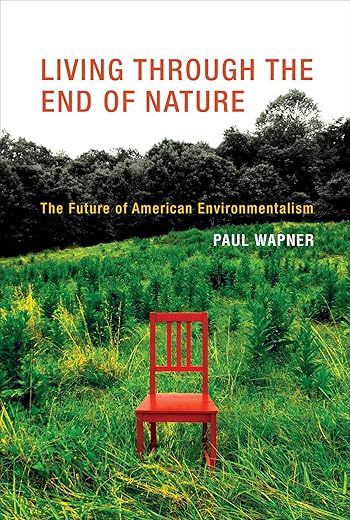
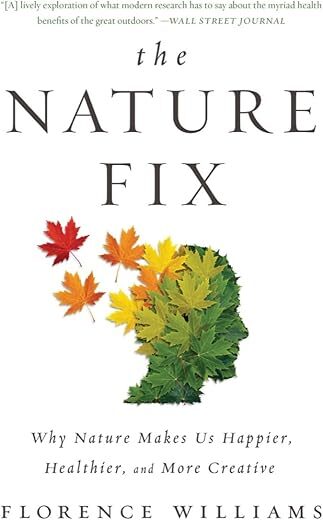

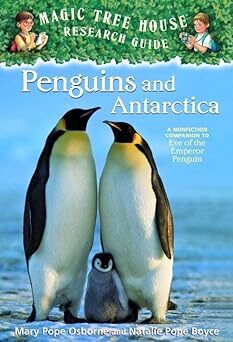
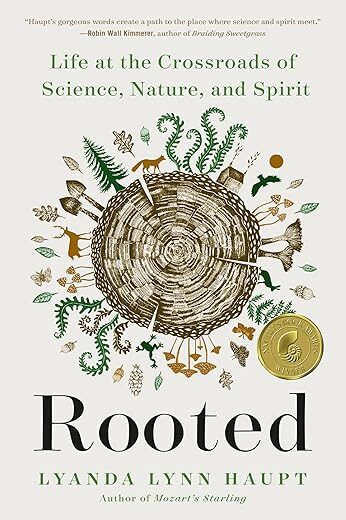
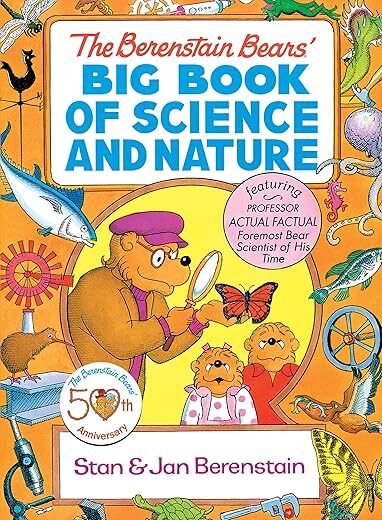
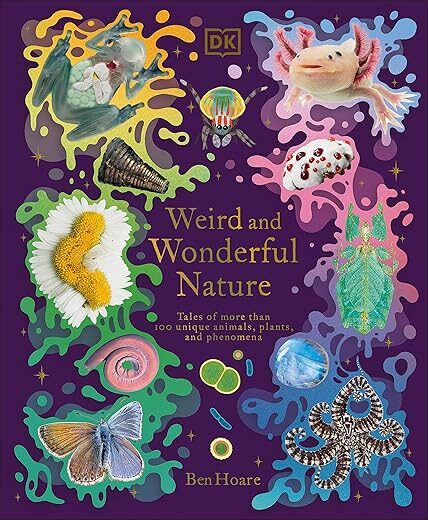
Brian Griffith –
Wapner makes a good, helpful argument: Stop trying to keep nature and humanity in separate but competing compartments, because we already co-exist in every compartment. Instead, figure out how to co-exist in a more mutually beneficial way. The argument could be made more briefly and simply, but Wapner must deal with the complexities of passionate positions of environmentalists past and present. He must show that he understands their arguments, so he briefly recaps the discourses of nature protectionists, be they dark green, light green, or brown. He even shows real understanding for advocates of technological mastery over nature. The aim is to harmonize all insights into a greater, more subtle, less ideological quest for a better shared future.
The book is done to reconcile differences in North America’s environmental movement. It’s a movemental insider’s talking paper, not a popular-appeal book. It could use more examples and fewer well-crafted articulations of theory. But maybe this is the kind of book that makes a real difference for those most involved.
Macauley –
Enriching and engaging book. Some parts were heavy with jargon so much so that I didn’t even know what he was talking about but the ideas that Wapner discusses facilitated to my contribution of what is happening in the world.
Robena D. Robinett –
Here is another book to put where students can read it. The discussions allow students to gain a broader understanding of the push to be more environmentally aware.
Simon Dalby –
This is a simple elegant book on a profoundly important subject for all those who care about the natural world, the wonders of life in our biosphere and want to think about the future and what contribution they might make. It’s a refreshing counter to doom and gloom and an invaluable tool to get environmental thinking back on track to face the tasks that our new circumstances present.
Picking up on Bill McKibben’s phrase concerning our now living after nature, in a period where human actions have changed our conditions of being, Paul Wapner has used all his very considerable experience as an academic, environmentalist and teacher to caution activists against despair in the face of what may seem impossible tasks.
His argument is that much of the current debate about environment has oscillated between assumptions that human are the masters of their fate, or merely part of a nature that has to be preserved, something apart from humanity that we mess with at our peril. But the contemporary transformations suggest that neither of these assumptions is a good place to start thinking about what needs to be done and how we should now live in the more than human world that we are nonetheless remaking by our actions.
Nature is neither something that we can completely dominate, nor is it something separate and unchanging that we nevertheless have to try to protect. It is changing as we change the circumstances of our human being, and thinking carefully about this most basic assumption is key to both environmental activism and academic research in the new era when humanity has become a new force shaping the biosphere.
Getting this premise clearly in focus is the key to much of what needs to be discussed and acted upon in coming decades and Paul Wapner has done us all a huge favor by writing so well and clearly about these big questions. Neither hubris nor despair are called for in present circumstances and by dismissing both Wapner shows that we can act effectively by holding life and its future clearly in focus.
Buy this book and read it very carefully. Then after you have told your friends all about it and how it explains the traps of hubris and despair that we all so frequently fall into, think once again about the world we are collectively remaking and how you should now act in these new circumstances.
BirdMan –
This is a great volume for those who are looking for a way to see passed the political binary that is environmental politics today. It is honest, well reasoned and hopeful. A nice change from the absolute doom and gloom of environmental literature.
Paul T. Corrigan –
LIVING THROUGH THE END OF NATURE is profound, insightful, readable, moving, and–dare I say–wise.
I hope that Wapner will become a major influence for theorists, practitioners, and politicians. He has important things to say to those who think about and engage with the environment and environmental politics. The “future of American environmentalism” is Wapner’s vision for the future, not a prediction.
We are faced with new and complex environmental realities. While politically expedient, the old answers (whether environmentalist or anti-environmentalist) won’t help us move forward. Modeling what he preaches, Wapner argues that we need to embrace complexity in our dealings with the earth and, in politics, with each other.
Building on the best of recent work in environmentalism (especially Bill McKibben), Wapner gives an overview of the profound empirical and conceptual changes that have already occurred in “nature.” I.e., there is no place on the planet that has not already been impacted by human activity. And there is no single objective meaning to nature. Humans are and henceforward will always be taking part in whatever nature is and/or means. This much, as Wapner explains, has already been established. So, his question is, what now? How do we move forward?
Wapner lays out two extreme views that might–but don’t–provide the answer: (1) “the dream of naturalism” held by many environmentalists says if only we can leave nature alone, things will be well; (2) the dream of mastery held by many skeptics of environmentalism says if only we can control nature, things will be well. But, Wapner shows, neither of these dreams can work because both are only applicable to “nature” as it was before the profound changes that have taken place since the Industrial Revolution.
Wapner’s own way forward is “a middle way.” Though fully committed to environmentalism, he is able to draw on aspects of both “dreams” without “deifying” either. We cannot control the environment, and we cannot leave it alone either. We cannot ignore the very real danger the planet is in in order to allow people to continue to “use” nature. But we also cannot peddle fear about that danger in order to “protect” nature from people. Instead, we need to promote the mutual benefits (to people and planet) of cultivating healthy relationships between humans and the more-than-human world. For instance, everyone will benefit if we use wind, sun, and water for energy rather than coal and oil.
As he writes in his conclusion: “All living and nonliving entities on earth are a mélange. We are so intermixed and mutually constituting that although we are different entities, one cannot disaggregate the human from the nonhuman, nor imagine their fates as separate.”
Near the end of the book (pages 195-197) are several paragraphs dealing with pain, suffering, story, narrative, and public discussion in the middle way. These pages seem particularly significant to me. But I’ve yet to fully come to terms with them, so I’ll need to reread and ponder them. Perhaps these ideas could be further developed in another book.
I highly recommended this book for environmentalists and ecocritics as well as educated readers in general. So far I’ve just read it once, and though I plan on spending quite a bit more time with it, I feel that it has significantly impacted me already.